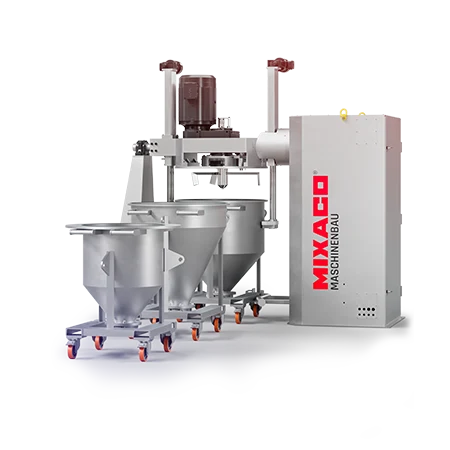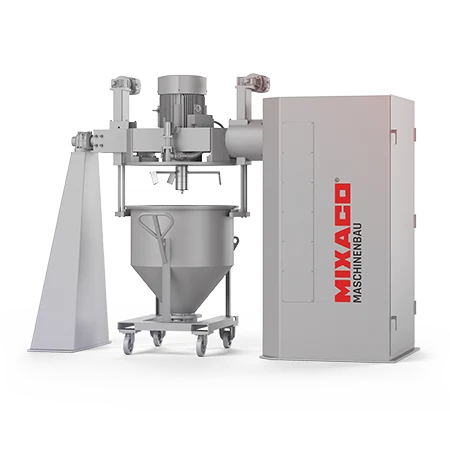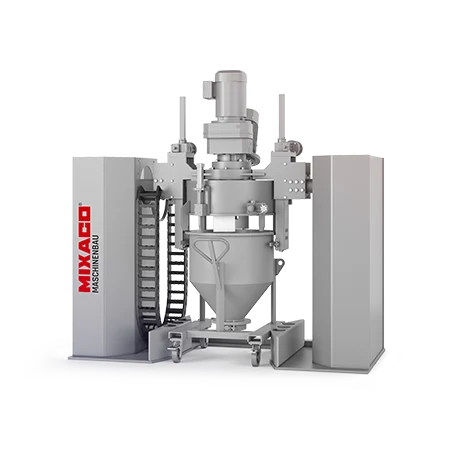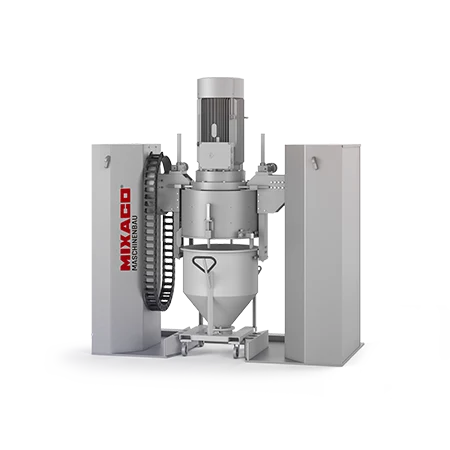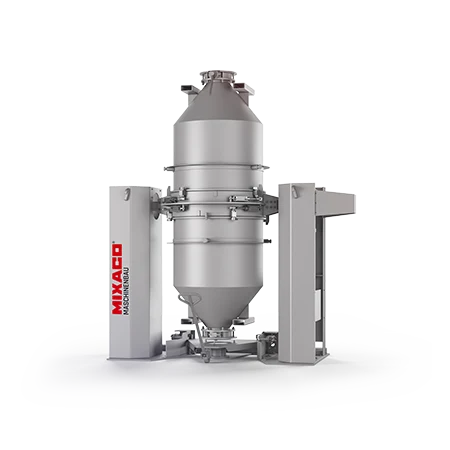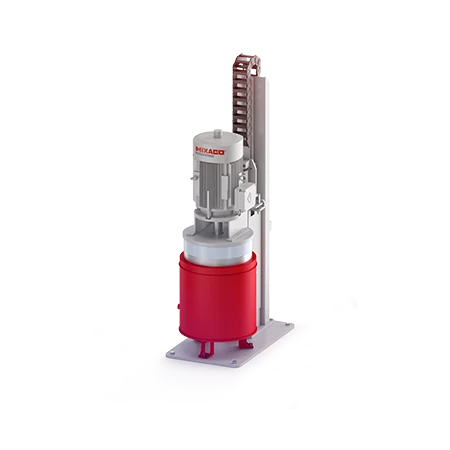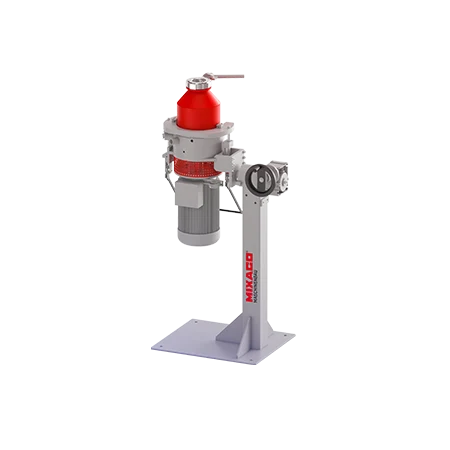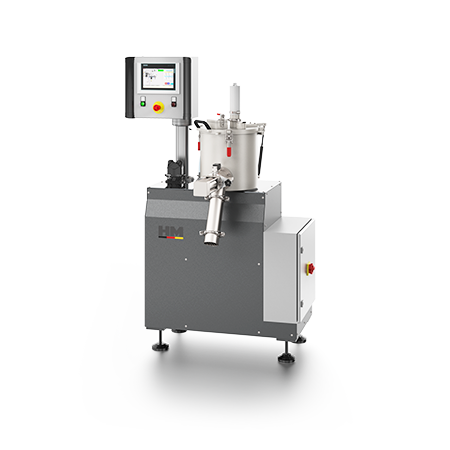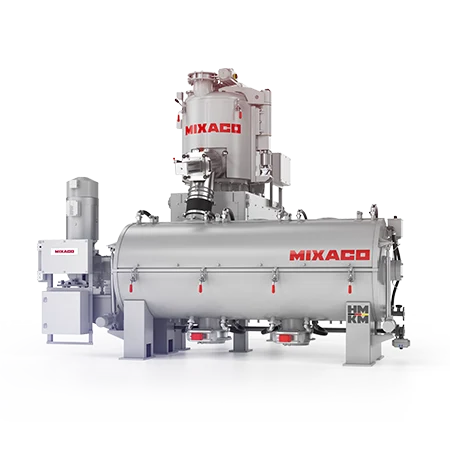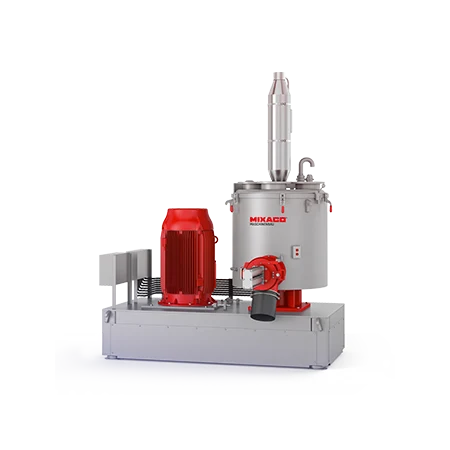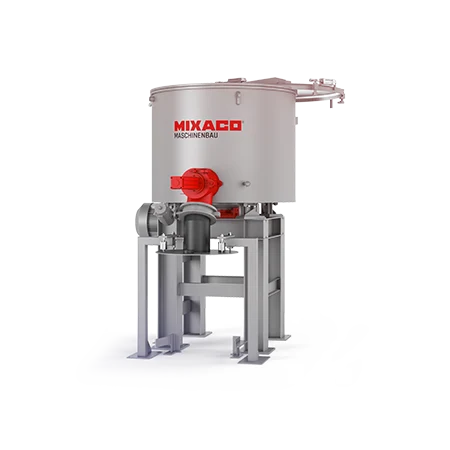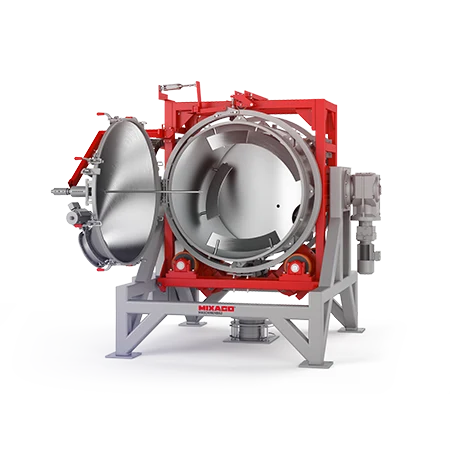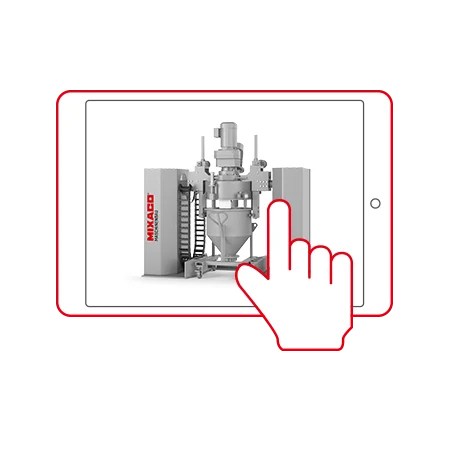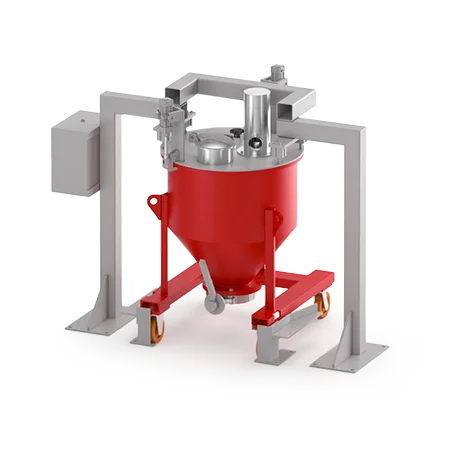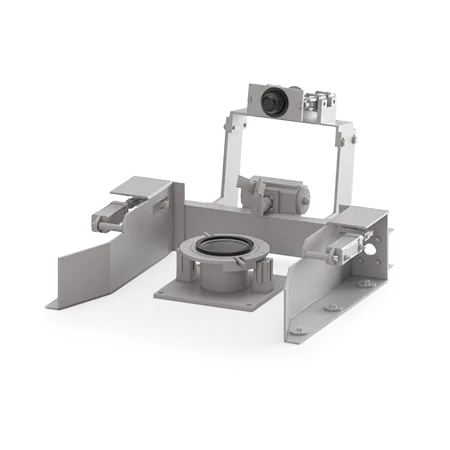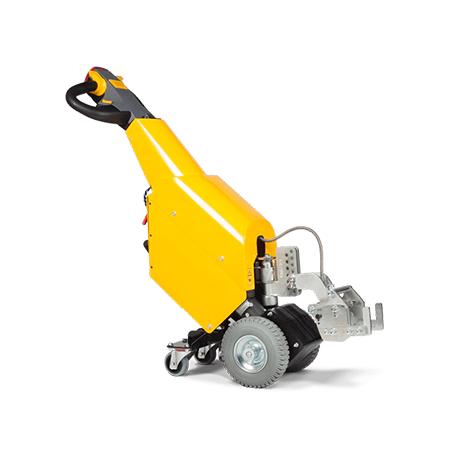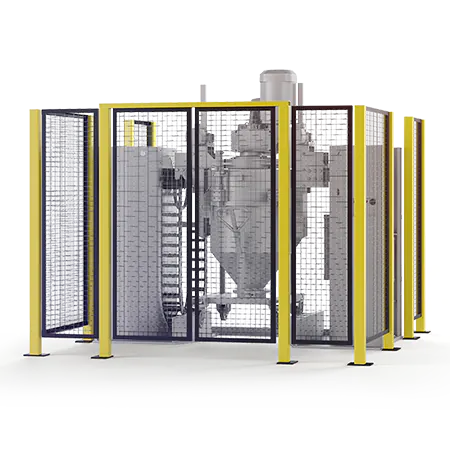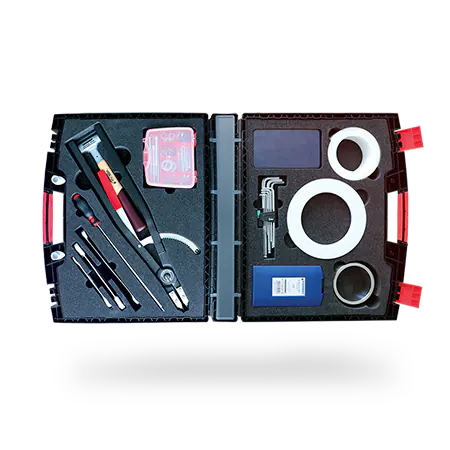PVC MIXING FACTS: FACT #2
A High-Energy Consumption of the High-intensity-Mixer does not Mean a Faster PVC Mixing Time
It is very common to say, a high-power consumption and high torque results in a faster PVC mixing time. While torque truly is part of the equation, there is more affecting the mixing time, which requires some explanation.
Relation between power consumption and torque
Power consumption and torque are related to each other. Without going to deep into electrical and mechanical energy, Power Consumption can be calculated using the formula; “P=IE”, where “E” identifies the Voltage, which is constant based on available electrical service and “I” identifies the Amperage, which is variable and changes based on work done.
To calculate the applied torque, the equation is T=(9549*P)/rpm. The constant 9549 is the conversion factor from kW and min/-1 into Nm and rpm is the speed of the motor. When the rpm is constant, the only flexible variable is the power consumption P, which changes the torque equivalently effective. Depending on the V-belt converting ratio, the torque of the vessel shaft can be calculated.
Effect of power consumption, torque and relation to energy
Both variables are showing the operator an indication of how much power is put into the heating mixer by rotating the blades. By the movement of the blades, friction is created, which heats the materials in the vessel. If the friction between the rotating mixing tools is higher and creating more heat, the torque increases.
Power and torque values are supplied by the PLC control systems, where Power is the overall consumption and does not identify the power required by the material to be mixed. Therefore, the power required of an empty mixing vessel with tools has be identified and reduced from the total power required. Since, a PLC control system captures every second of the process we get the value of “As” Ampere-Seconds. Next, “As” multiplied with Voltage “E” results in the unit of energy – Joule. Thus, the sum of Joule over the mixing time, results in the effective energy put into the blend while mixing.
Proof of the Mixing Fact #2
The analysis of several material tests provided results where the mixing time and power consumption is not in any related.
In the chart on the right side, 11 mixing trials with different formulations are listed and sorted by the energy per mixing minute in descending order.
As we can see, a high energy consumption only results in a fast heating mixing time in a single trial. In any other trial, a high energy consumption is not related to the heating time.
Now, what does affect the mixing time?
The mixing time is affected by more than one influencing value. At first, the torque is an indication of friction. Next, the mixing vortex represents the friction and shear between the particles themselves. Further, the specific thermal capacity of the ingredients used such as, plasticizer, CaCO3, and more, influences the mixing time. In addition, the amount and type of ingredients, which are changing the aggregate state within the thermal range of mixing, also influences the mixing time.
Explaining the below two affects:
The Correct Mixing Vortex
Next to the power consumption, the formation of the mixing vortex, in addition to the friction of the blend’s particle to itself, is vital for the homogenization of the material to be mixed.
Given that PVC is a very shear sensitive material, the PVC particles react heavily to the shear created through the vortex. This effect is observed by trials with different vortex formations.
Thermal Capacity of ingredients
The thermal capacity shows the energy, which a specific amount of material needs to increase its temperature by one (1) Kelvin. Every material has different thermal capacities, whereas some maybe similar.
Following some thermal capacities of the most common PVC ingredients:
- PVC 850 J/(kg·K)
- CaCO3 822 J/(kg·K)
- Plasticizer 1750 – 2000 J/(kg·K)
- Water (moisture) 4186 J/(kg·K)
For further information please do not hesitate to contact us.
Nicolas Gehring
Global Sales Manager PVC
MIXACO
Dr. Herfeld GmbH & Co. KG
Niederheide 2
58809 Neuenrade
Germany
+49 (0)2392 9644-32
sales@mixaco.de
